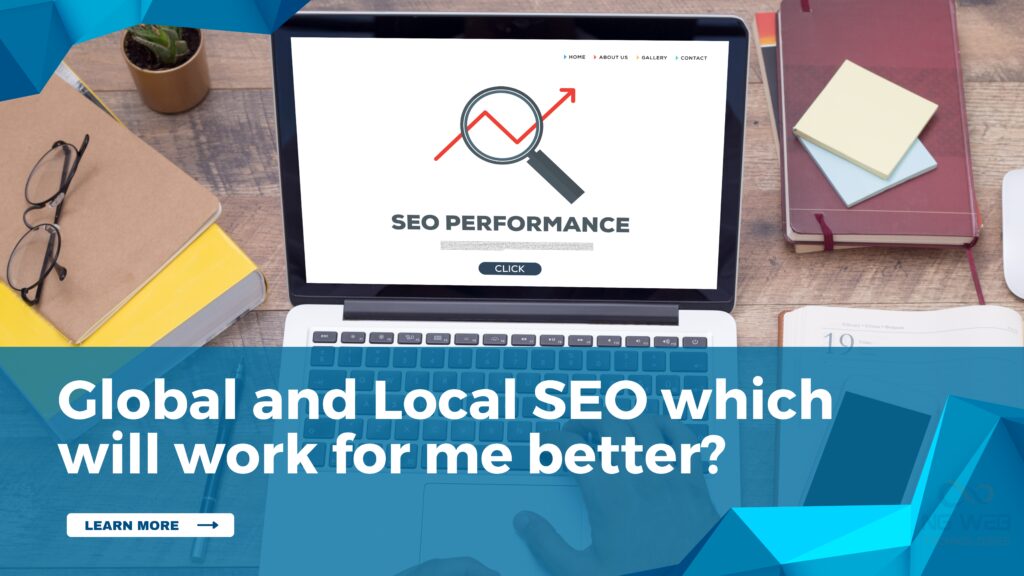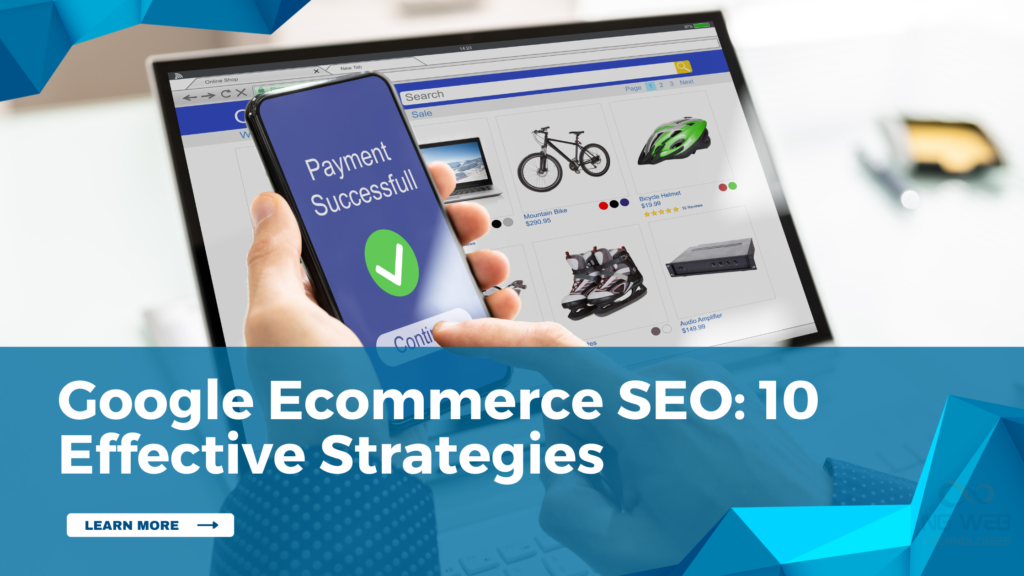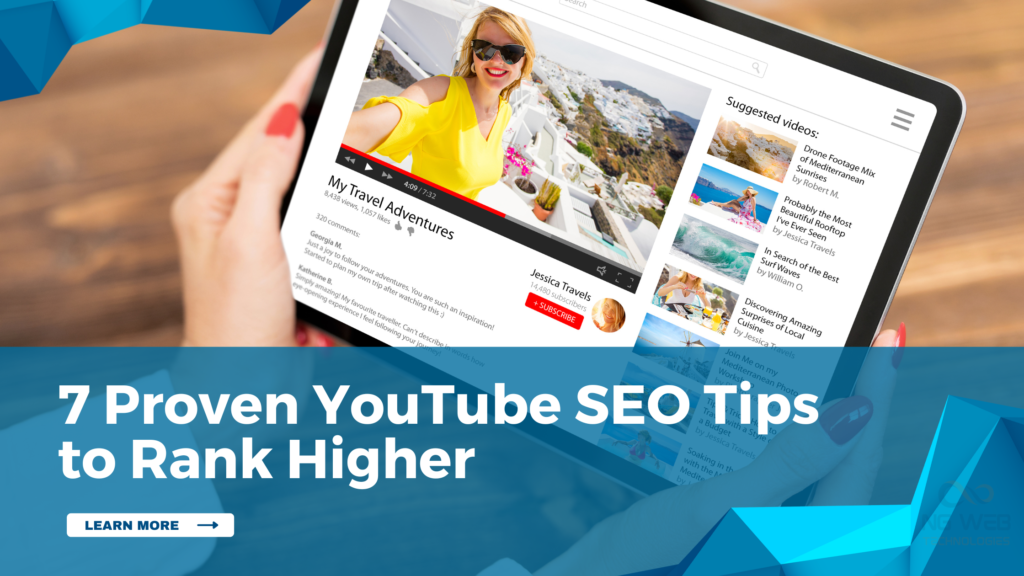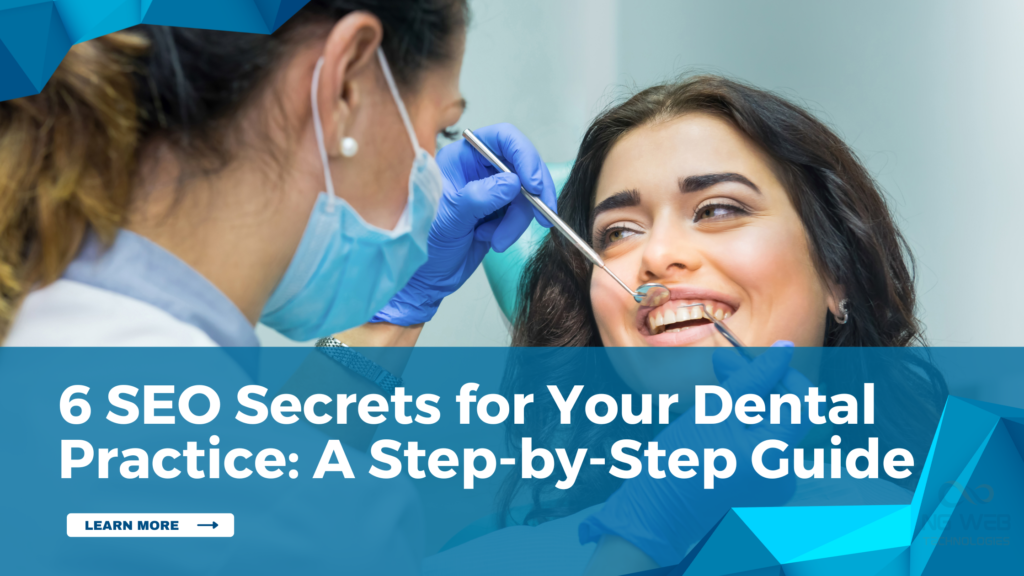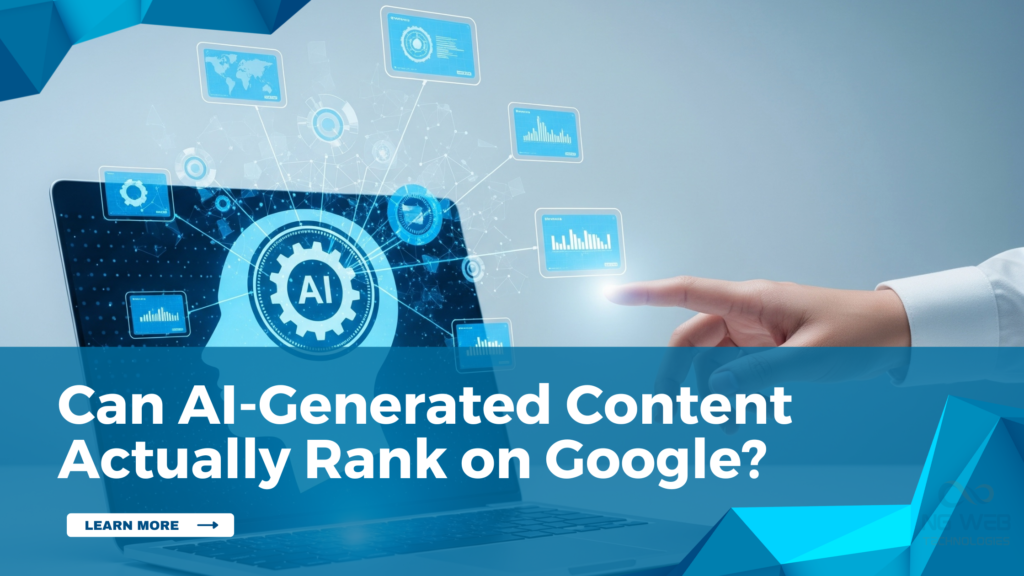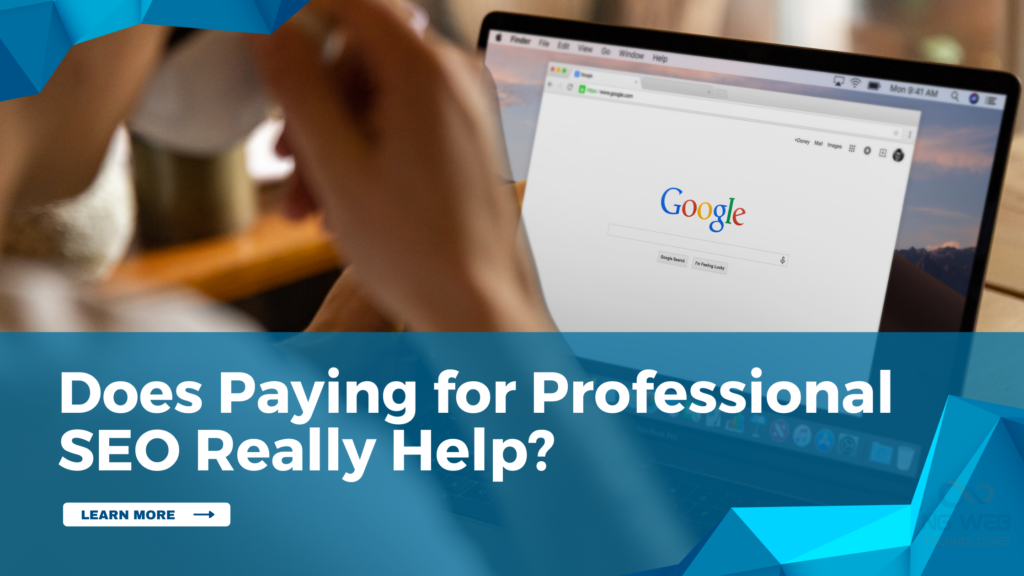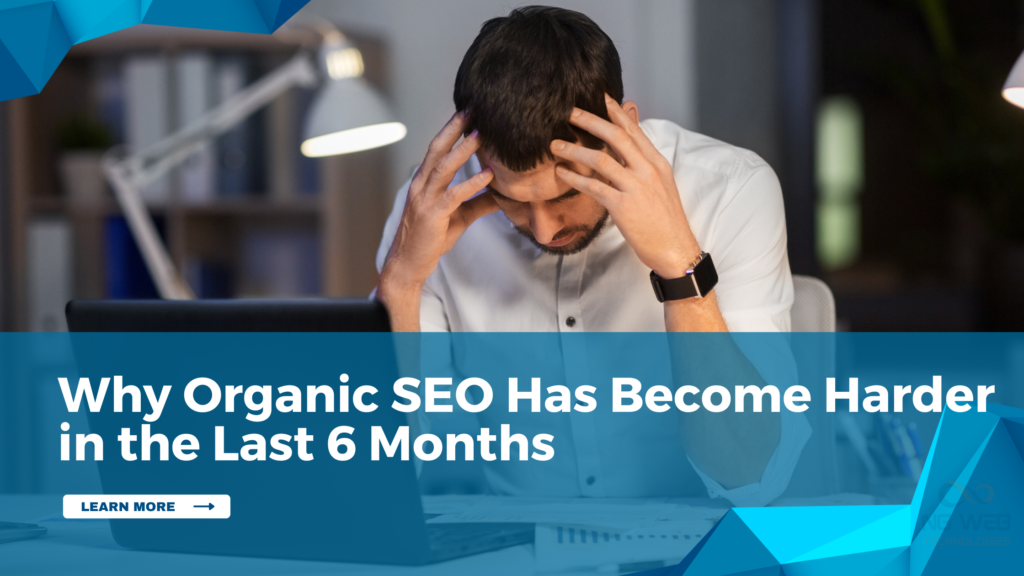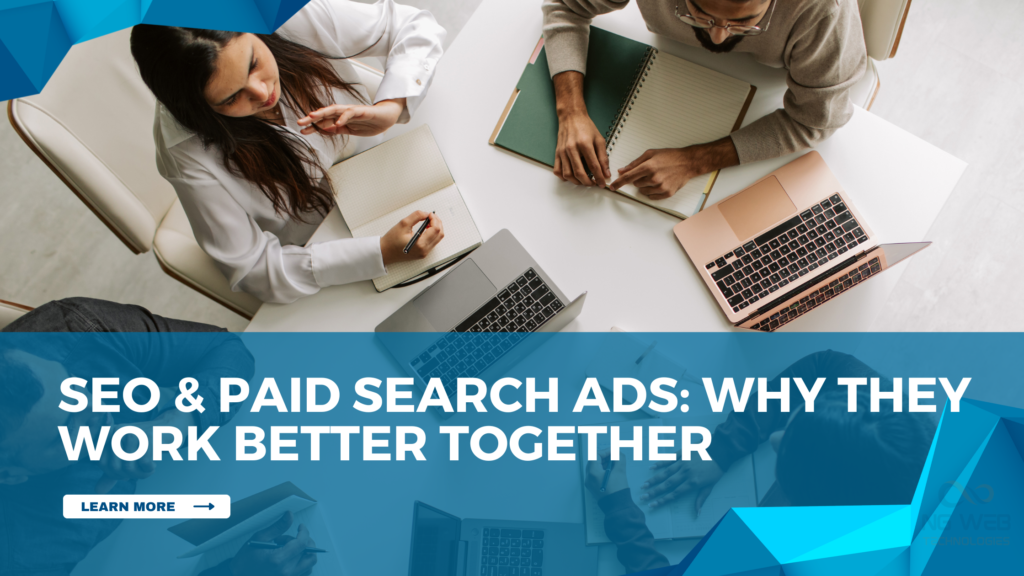Global and Local SEO which will work for me better?
Global and Local SEO which will work for me better? Do you still believe having a website all alone can support your business? Absolutely not, if you want to reach the right audience, then you need to make your website SEO optimized properly by adapting the right SEO strategy, and that’s where global and local SEO play an important role. Meanwhile, not all the SEO strategies are based on your business goal, audience reach, market focus; you have to decide whether global SEO or local SEO is the better fit for you. 1. Understand What is Global SEO Global SEO solely focus on reaching the global audience, which means that by optimizing global SEO, you can reach an international audience from various countries. If your business sells a product that is suitable for other countries, then global SEO would be the right choice. For example: If your head office is in USA but you sell your products in Eurpore and Asian countries then in this case Tips: Research country-specific keywords using tools like Ahrefs, Semrush, or Google Keyword Planner. Use hreflang tags to indicate language and regional targeting. Website content must be human-written with the help of a local language expert for the respective countries. Auto translation is not a good practice for translation. It might change the context of the sentences. Create content that appeals to global audiences with cultural relevance. Case Study: One of our clients, who is running an e-commerce clothing brand, wishes to expand their business globally, but they faced poor international visibility because they used generic content, a lack of hreflang tags, and no localization for different regions. When they approached us to solve this, we conducted country-specific keyword research with the help of Ahrefs and Semrush. Then we used hreflang tags for language targeting, and we created localized content using region-based keywords and famous fashion terms. We also optimized meta titles and descriptions and redirected Google Ads to improve category landing pages. Additionally, we optimized their website speed and mobile performance to ensure international users can use their website without any trouble, and we added currency converters and localized sizing charts, and we integrated region-specific visuals and messaging to connect with local audiences. We also improved their internal linking between regional pages to enhance navigation and authority flow and set up geotargeting in Google Search Console for better regional visibility. 2. Understand Local SEO Local SEO mainly focuses on regional, or specifically on area-related, city searches. It was a better choice for businesses like cafes, restaurants, salons, or services that rely mainly on local customers. Local SEO make your business to appear on near me searches in Google, which helps you to gain more local audience for your business. Tips: Create and optimize your Google Business Profile Keep your Name, Address, and Phone Number (NAP) consistent across all directories. Encourage your happy customers to leave positive reviews on Google. Add local keywords like “Best salon in Pune”. Case Study: One of our clients, who is running a dental clinic in Bangalore, has an optimised website, but they have failed to attract local people. They ranked for general dental keywords, but not for searches like “dentist near me” or “best dental clinic in Bangalore.” When they approached us, we implemented a strong Local SEO strategy to improve their local presence. First, we optimized and verified their Google Business Profile with proper business categories, service listings, treatment details, working hours, images, and contact information. We also ensured their Name, Address, and Phone Number (NAP) were consistent across all major online directories such as Practo, Justdial, and Sulekha to build credibility and trust with Google. We conducted local keyword research and optimized their service pages using terms like “dentist in Bangalore,” “best dental clinic in Bangalore,” and “root canal specialist near me.” To improve engagement, we created content tailored to local audiences, covering popular dental concerns in Bangalore and highlighting their advanced treatment options. Additionally, we encouraged their happy patients to leave genuine positive reviews, which significantly improved their search rankings and reputation. We also implemented local schema markup and improved their mobile page speed to ensure prospective patients could easily access the website while searching on the go. Within just two months, the dental clinic started ranking in the top results for high-intent local searches. They experienced a 58% growth in organic calls from Google Maps and a 40% increase in appointment bookings. 3. Do Keyword Research Based on Business Type If you want to reach the right audience, then you need to use the right keywords. Whether you focus on local or global SEO, you must be aware of what customers actually search, think from the customer’s viewpoint, and don’t just assume it. think about their needs, problems, and goals, then match your keywords to their intentions. Use tools like Google Keyword Planner or SEMrush to discover high-performing keywords. Tips: For global SEO, you can use Semrush and Ahrefs to identify global trends For Local SEO, use Google Search Suggest and Google Maps Autocomplete to find “near me” keywords.· Combine short-tail and long-tail keywords for balanced results. Case Study: One of our clients, who is running a travel agency, offers both domestic and international holiday packages, even though their official website seems attractive and has detailed itinerary pages, but they faced difficulties in getting the right audience, They mainly ranked for broad search terms like “travel agency” or “tourist places,” but not for specific high-intent searches such as “Europe tour packages from Mumbai” or “Maldives tour package near me.” As a result, they received a lot of irrelevant traffic and very few quality leads. When they approached us to solve this, we began with keyword research based on their target audience. We identified strong international keywords for their global customers, such as “budget trip to Dubai,” “Singapore family tour packages from India,” and “international group tours from Mumbai.” At the same time, we focused on local intent search terms including “travel agency in Mumbai,”
Global and Local SEO which will work for me better? Read More »
Blog
